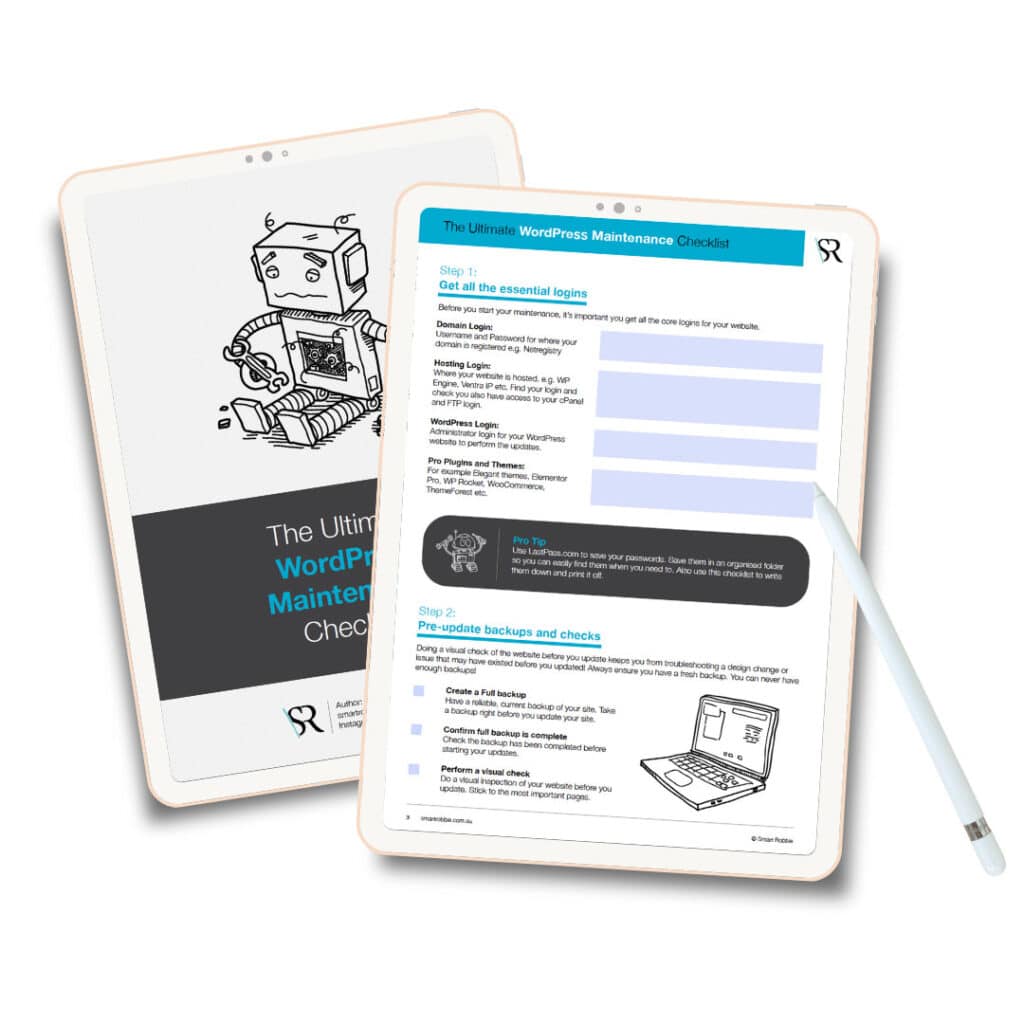7 Tips To Make Your Website Appeal To A Local Audience
Lead generation is the core concern of the average business, as very few companies are fortunate enough to have enough steady customers that they don’t need to bring in new ones (or to see new work simply drop out of the sky on a regular basis). Consumers have so much choice today than brand loyalty is incredibly difficult to achieve.
And when it comes to bringing in leads, the internet is frustratingly tantalising — it places an entire world of prospective customers within reach, while ensuring that they’re barraged with so much content that it’s hard for anyone to stand out. How do you make the best of it?
To help you achieve more with your efforts to generate fresh online leads, let’s run though 7 things you can usefully implement (either from scratch or using readily-available tools):
Smart chatbots
Every since the internet hit the mainstream, digital professionals have been facing a persistent roadblock: the internet can be active 24/7, but we can’t. Even if you only want leads in a specific area, people have different schedules (and habitually wake up in the middle of the night to toy around with their smartphones).
Enter smart chatbots. A well-implemented chatbot can be active on your website at all times, answering common questions, giving relevant updates, and logging more sophisticated support requests when necessary. If a prospective lead comes along in the early hours of the morning, you’ll at least be in a with a chance of keeping that lead alive when you’re not around to deal with it directly — just be sure the chatbot doesn’t become a distraction.
Case studies
Whatever your industry may be, there’s something to gain from creating and providing relevant case studies (ideally on projects you were involved in, but if you can provide detailed analysis, you can write about just about any project). A case study is excellent for lead generation because people are always looking for precedent to reassure them.
Let’s say that someone just started a business and is aiming to reach a certain revenue total within a year: to get some inspiration, they can look up case studies of comparable businesses that achieved similar goals. If you write a case study that shows your expertise, readers will view you as an authority on the topic, and be far more likely to reach out to you for assistance.
Video guides
In the content marketing world, video is very much a hot topic because it’s readily apparent from the stats that it’s incredibly effective compared to most text-based content. Even better, it’s relatively cheap and easy to create, and — through YouTube, chiefly — capable of reaching huge numbers of viewers (and driving them to consider working with you).
Imagine what people unfamiliar with your business might like to know about you and your industry. Are there specific questions you expect to pop up on a consistent basis? If you have a basic smartphone, you have everything you need to record some video guides. They won’t even require high levels of polish: simple lighting and decent audio quality should be enough.
Curated content
Curation is a great time-saving content marketing tactic that shows your knowledge without requiring you to create much. You follow industry updates and relevant pieces of content, collate everything you believe to be important, and present it to your audience to make life easier. Even big brands and agencies do this, because it’s just not possible to write original content about every last element of the field you work in.
And in curating content, you also have opportunities to build relationships with the creators of the content you’re curating — relationships that could bear fruit through encouraging their distinct audiences to read your content (both curated and original) and learn more about you. In a fraction of the time it would take to write from scratch, you can curate outstanding content and conduct some valuable networking.
Referral schemes
If your business is good enough, you’ll have some loyal followers who believe in you enough to recommend you wholeheartedly, but the addition of an incentive can drastically increase the number of people willing to push referrals in your direction. Referral schemes benefit everyone: you, those who recommend you, and those they refer to you.
You can see some great examples of referral schemes here that show how different types of incentive in different situations can prove similarly powerful. The more referrals you can bring in through passive processes, the less work you’ll need to put in to bring in new customers, and the more time you’ll have to work on other parts of your business.
Landing pages
Depending on your business, you may have just one action you want your website visitors to take, or you may have several. For instance, someone could buy a product, sign up to your email newsletter, download an information pack, or request a consultation, with each one having a distinct procedure and associated value.
The problem with any given action-oriented page is that trying to serve various readers (those who need a lot of information, those who don’t, those who know your company, those who don’t) will ultimately dilute the message. This is what landing pages are intended to address: for PPC, for instance, you can set a different landing page for each version of an ad, increasing relevance and thus your conversion rates.
A/B testing
If there’s one key to effectively generating leads, this is it: running A/B tests indefinitely. An A/B test is about running two slightly-different versions of something head-to-head to see which one performs better, and it allows you to steadily and incrementally improve every aspect of your lead generation strategy.
A/B testing shows you what’s working and what isn’t working, increasing clarity and minimizing speculation by presenting you with the cold, hard analytics about which elements are losing you money. If you use a vaguely-modern CMS, you may have some A/B features available by default — if not, there are plenty of viable platforms on the market.
These 7 things can all prove extremely valuable for generating leads if you implement them adeptly, with the last being the most important. It’s all about gradual improvement. If you can make your marketing funnel slightly better every month, just think about how much better it will be in a couple of years.
.

Patrick Foster is a writer and ecommerce expert for Ecommerce Tips. He understands how important it is to keep your skills updated in the digital age. Visit the blog, and check out the latest news on Twitter @myecommercetips.







